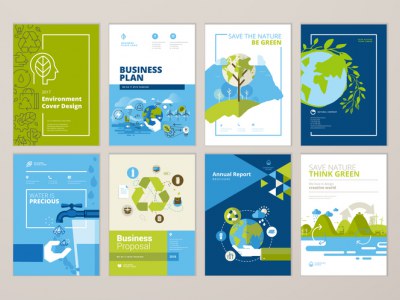Why technical skills won’t be enough for workers to thrive in the economy of the future
Why technical skills won’t be enough for workers to thrive in the economy of the future

Sitting in a small, dusty, windowless office in Houston, I am wondering if Shaun, an online recruitment software company CEO, will be able to keep his job. Shaun looks like a typical CEO. He is white, middle-class, heterosexual, highly educated, able-bodied, and male. For the past 24 months, I have been coaching Shaun to help him become more inclusive, empathic, and caring. As a result, he has come a long way.
Shaun started his career as a software developer and is now running a business about to be listed on the New York Stock Exchange. His company has grown quickly, and while he has all the technical skills needed to do the job of a CEO, Shaun struggles with people.
Results from the annual employee survey reveal that employees don’t feel included, supported, valued, or connected to the organization, and many are thinking about leaving. The board has given Shaun 12 months to turn these results around. The only problem is Shaun lacks the know-how to do this. Most of the feedback Shaun has received reveals one consistent theme: He focuses on what he achieves at the expense of managing how he works with others to achieve outcomes.
I stare at the books on the shelf behind him. Nearly all are technical manuals and how-to guides from training courses Shaun has completed. But Shaun doesn’t need to develop any more technical skills. He has a whole team of technical experts. His job is to lead. To do this, Shaun has to learn how to motivate people, support their development, and build relationships with globally diverse teams, all of which requires the ability to read the air. There is no training course for this; it’s something Shaun will have to learn on the job.
In many ways, Shaun represents a lot of leaders today. Take a few minutes and close your eyes. I want you to picture what an ideal competent leader looks like in your workplace. What are their demographic characteristics? How do they speak? How do they behave? Are they task-focused? Dominant and assertive? Do they tell employees what to do, with employees largely following suit? Or are they democratic, caring, inclusive, and supportive? Do they focus on people over policies or processes?
The ideal worker is an academic term used to describe people’s shared mental image of what “good” looks like when it comes to competence and leadership. The ideal worker is the shared mental image we all have of the behaviors we all need to engage in to succeed at work.
While the ideal worker might look a little different in every workplace, industry, or country, research over the past 30 years (conducted by leading organizational psychologist Virginia E. Schein) finds that employees’ perceptions of the ideal worker are pretty consistent. For most individuals, the ideal worker is someone who looks a lot like Shaun—that is, they are typically white and male.
Importantly, my own research has found that not only is the ideal worker someone who engages in dominant, assertive, aggressive, and competitive behavior, but they are also willing to work long hours, engage in exclusionary behavior, and discriminate against others to maintain their dominant position at work and advance their careers. Engaging in these behaviors is how people advance individual achievement—often at the expense of their coworkers.
This ideal worker exists because our idea of what good looks like at work was formed during the industrial era—when most companies focused on productivity at all costs, relying on a hierarchical, transactional approach to work. The shift from an industrial economy (where most people worked in factories) to the information economy we have now (where most people work in an office) has created a shift in ideal worker behaviors.
Companies focused on automation and mass production in the industrial economy. Most individuals would stand in an assembly line in a factory and complete the same task over and over. Maximizing your individual productivity was what mattered most. You only needed manual or technical skills that could be taught—what we call hard skills.
But today, in the information economy, where knowledge and information are more valuable than manufacturing, technical or job-specific skills (often referred to as hard skills) are not enough to get ahead—especially in the age of automation. In an office environment, employees must focus on what they produce and, more important, how they produce it. Consequently, employees need advanced social and emotional skills (often referred to as soft skills) to demonstrate emotional intelligence, inclusion, collaboration, critical thinking, flexibility, adaptability, authenticity, and resilience.
In the 1960s, the military in the United States invented the term soft skills to differentiate social skills from the technical skills people had to develop to work with machines. While the term soft skills was never meant to refer to these skills in a derogatory way, most people associate the word soft as being unnecessary or noncritical, which couldn’t be further from the truth. Soft skills are really what I call universal skills, because most employees will require these skills to work in any role and for any employer.
Developing hard skills helps employees deliver on the what of work—what we are making, what we are selling, what we are working on in a production line. But universal skills help employees manage the how of work—how we are making, selling, and, collaborating. Research published in Harvard Business Review finds that across all employment levels today, more and more jobs require greater social skills, like the ability to persuade, include, and collaborate with others. These types of jobs grow at a faster rate, and the compensation for them also grows faster than the average.








